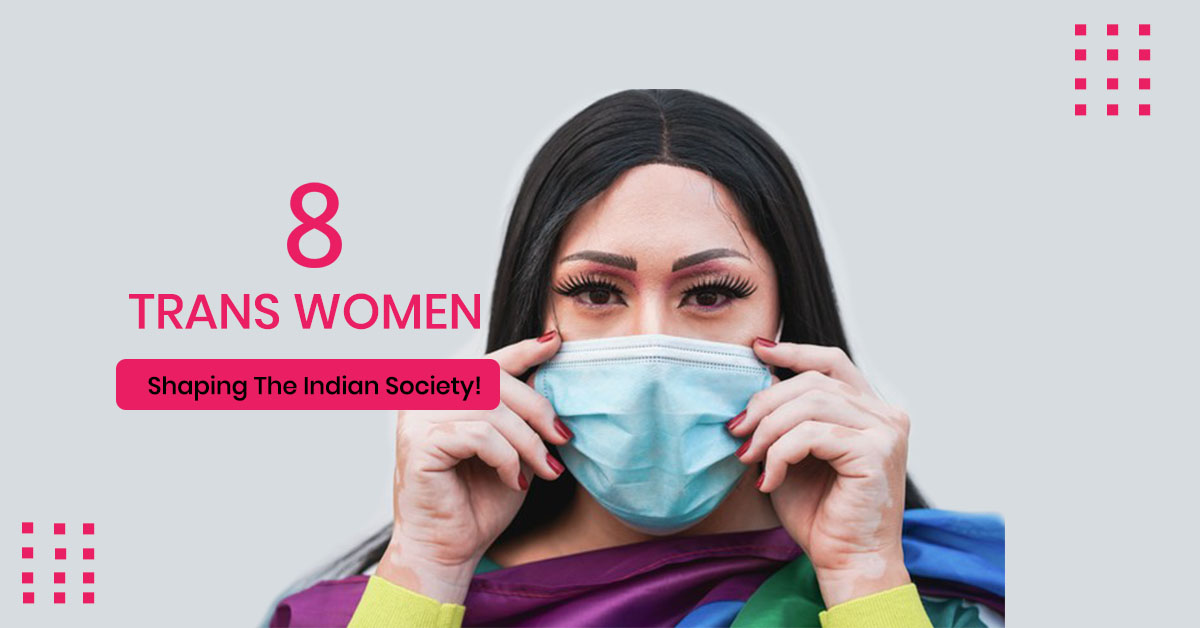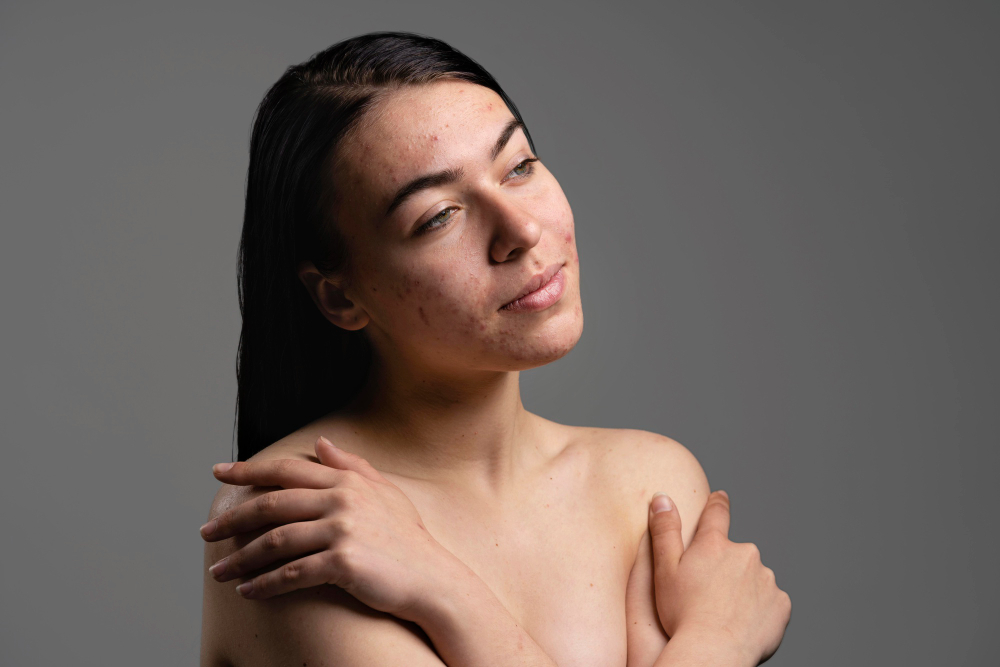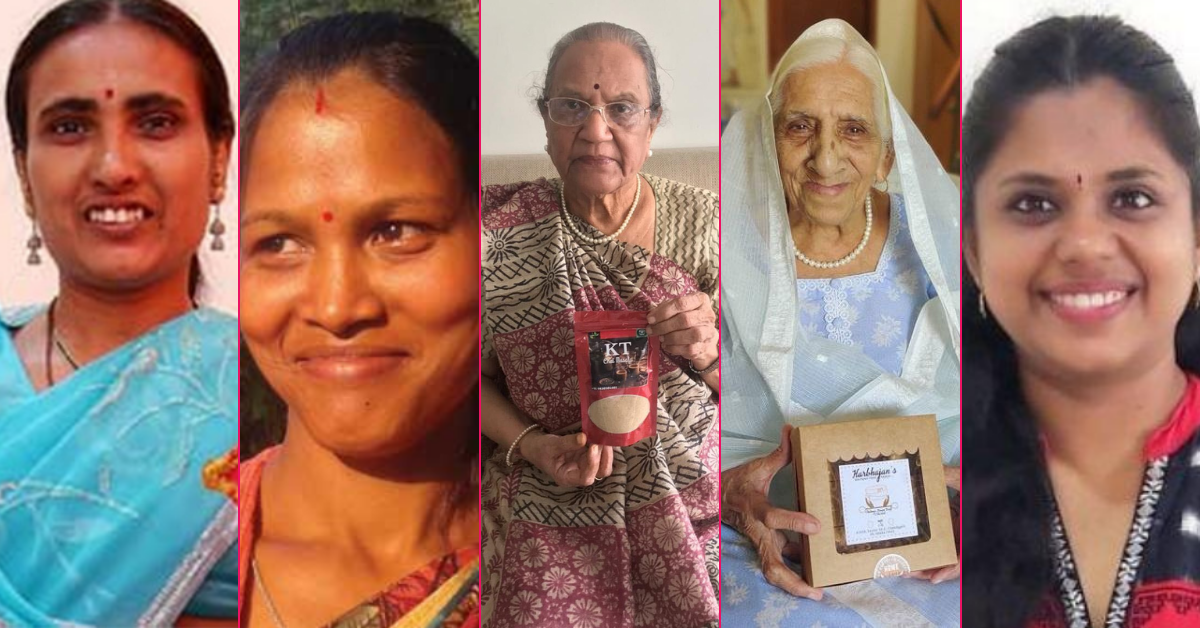Women in rural India have been resorting to their own ways for many years when it comes to menstruation practices and menstrual health. There are methods that are different from what we are familiar with. Sinu Joseph, the Managing Trustee of Mythri Speaks Trust, gives us an insight into menstrual practices in rural India.
The narrative on menstruation is changing and more awareness is being created on this topic to help first time bleeders understand the concept. The urban narrative on this topic is often laced with the word’s stigma, taboo, pain, traditional / cultural practices and the like which often create a negative attitude towards it. But is it the same rurally?
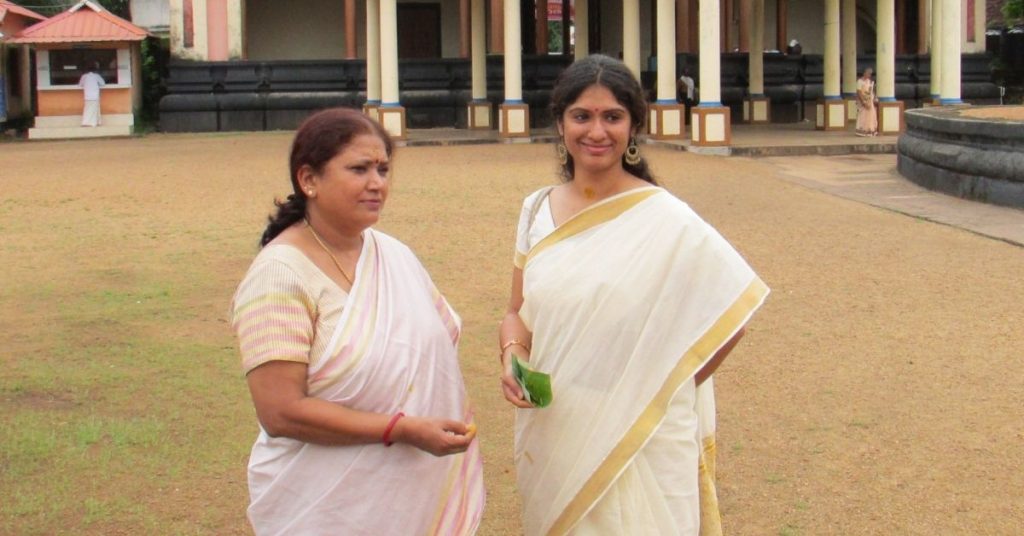
Sinu Joseph disagrees there is a stigma surrounding menstruation. “From my observations on interacting with women across different sections of society and various communities across India, I have found that the attitude towards menstruation has turned negative or indifferent as women moved away from culturally centered ideas of menstruation”.
Sinu Joseph, an engineer by qualification, started working in the social space in 2009. She has done extensive action-research in the areas of Menstrual & Reproductive Health, Urban Civic Issues and Rural Development. She is a three time TEDx speaker and a writer. Her first book Women & Sabarimala: Science behind Restrictions, has been a bestseller. In her book Rtu Vidya: Ancient Science behind Menstrual practices, she attempts to explain the scientific & logical reasoning behind the origins of ancient practices using two frameworks: Science & Dharma. She feels, “The effects of the Tri-Doshas on menstruation which can culminate into reproductive and gynecological issues if Ayurveda prescribed practices and regimes are not followed”.
Sinu learnt that rural and tribal women who have not been through a formal education system or have had minimal exposure to the urban way of living, exhibit a positive and sometimes (seemingly) exaggerated enthusiasm towards menstruation as nature’s gift to women.
“My observation on the variations in attitude towards menstruation was corroborated when my team and I undertook a study. Majority of women interviewed expressed a positive outlook towards menstruation, breaking the stereotypical assumption that Indian women associate shame with menstruation”, says Sinu.
Rural women would often smile, sometimes feel shy, but mostly say that menstruation was a positive occurrence in their life. In stark contrast, the urban women I interviewed would arrogantly shoot back a question asking ‘why on earth would anyone feel positive towards menstruation?’
“Stepping aside from the popular narratives which focus on menstrual products, our work has explored native methods and cultural practices around menstruation”, reveals Sinu.
Mission of the Trust
Mythri Speaks has been dedicated to the cause of propagating women’s issues since 2014, and has earned its reputation as a grass-root development organization, based in Karnataka. With menstrual & reproductive health being one of its important programs, the organization has oriented thousands of rural adolescent girls and women through awareness workshops, across the states of Karnataka, Jharkhand, Bihar, Assam, Meghalaya, Manipur, and Tamil Nadu.
Their Animation film ‘Mythri’ on menstruation, has reached over 4 million adolescent girls in government schools. Their content is available free of cost in 9 languages and has been used by governments, educators, researchers, NGOs, medical professionals and others.
Their workshop “Super Science Behind Menstrual Practices” covers Menstrual Science, especially the science behind traditional menstrual practices, and its important role in prevention of menstrual disorders, through the lens of Ayurveda.
Menstrual Health & Anemia (Screening, Treatment and Prevention camps have been undertaken by them in rural areas, in association with the government Primary Health Centres (PHC). Women are screened for menstrual disorders and Hemoglobin tests are undertaken to detect Anemia with treatment and follow up. In 2018, they covered 1000 girls and women across 10 Grama Panchayats.
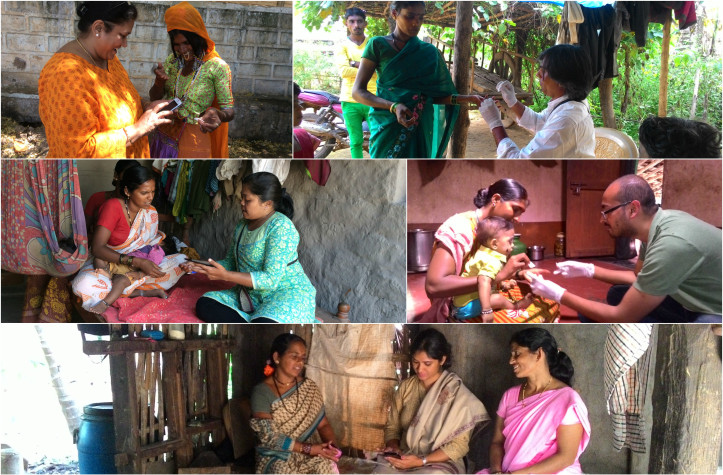
Over the years, Sinu has worked extensively in this sphere. When it comes to picking the right sanitary product, she believes, “Women are sensible enough to make the right choices according to their circumstances”. Her experience and studies has made her realize that menstrual hygiene is important but at the same time, this can be maintained by various sanitary products. Studies show that linking menstrual hygiene to cervical cancer or any other menstrual disorder is a myth.
“The only thing bad menstrual hygiene can give you is a bacterial infection”, she says. Women in rural India have been resorting to their own ways for many years. “You should keep an open mind when you come across methods that are different from what you are familiar with. The focus should be on whether or not women are being affected by the method they follow rather than force them to change practices just for the sake of social engineering.”
Respecting the Choice of Menstruators
Traditionally, Indian women used cotton cloth during menstruation, because they preferred it and not because of reasons such as inability to afford sanitary napkins or non-availability of such products.
Even now, many women in India prefer cloth to any other commercially available menstrual product. It is necessary to understand rural women have certain challenges while using sanitary products- main being its disposal. Cloth, therefore, becomes their most preferred option.
Knowledge on proper use can be given if we find that some of the practices might be causing problems. In some villages in Karnataka, women can now purchase a red cloth called “Date Batte” (Date refers to periods, and Batte means cloth) from the grocery shops. This is a soft cloth, quite suitable for menstrual blood absorption.
Cloth pads are another option provided women use loose cloth that can be opened and dried in the sun. Tampons and menstrual cups require insertion of the product into the vagina using hands, it is necessary that high levels of hygiene and cleanliness is maintained. Most girls and women in villages do a lot of physical work with their hands. As a result their hands are not the most clean and usually carry germs/bacteria. And this can be a concern.
Nowadays, small-scale sanitary napkin manufacturing units have sprung up in rural areas. But basic hygiene standards and sanitization of the product are not followed in the small-scale manufacturing units.
“We have come across quite a few women in villages who do not use any of the above products and bleed freely”, she says.
Poor hygiene with any product can result in rashes and bacterial infection and could cause a problem with white discharge but not disorders like dysmenorrhea, menorrhagia, PCOS, endometriosis, amenorrhea, etc. “Knowledge on the right way of using a product needs to be shared”, she adds.







